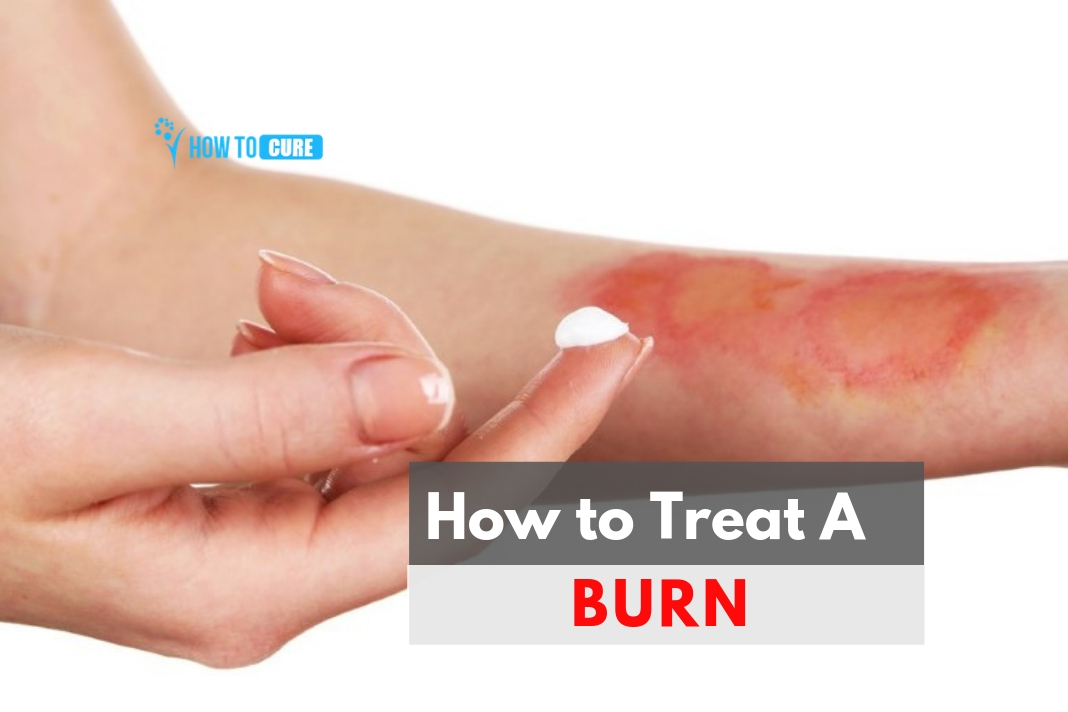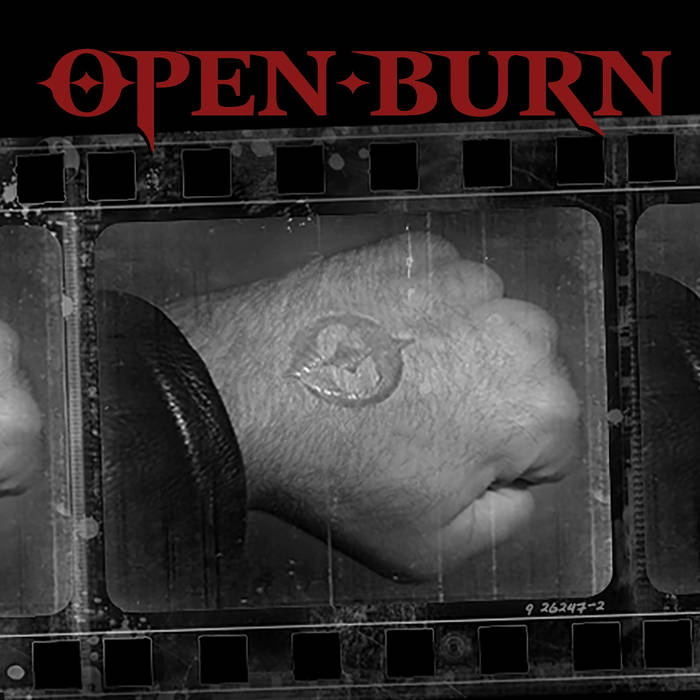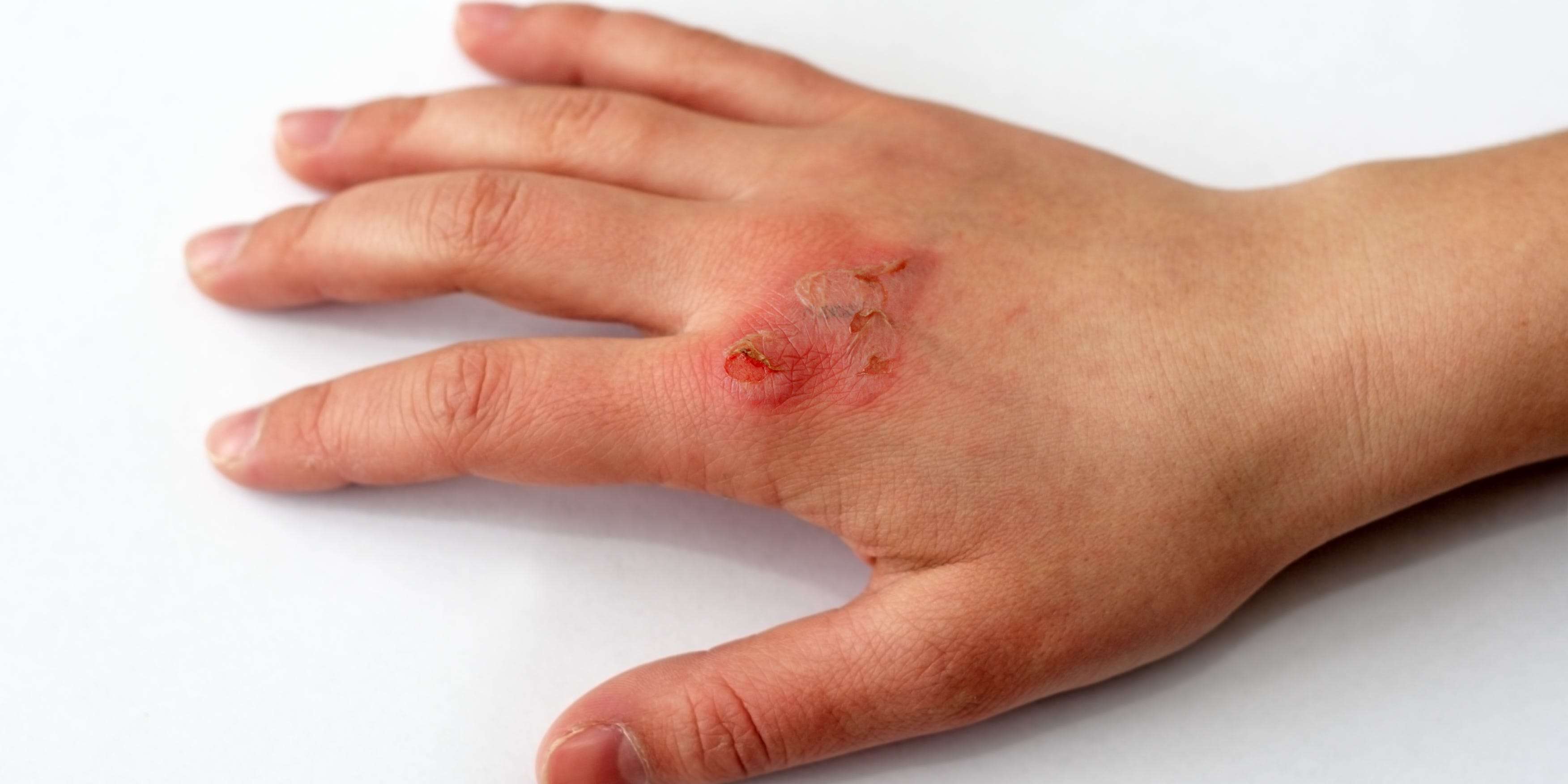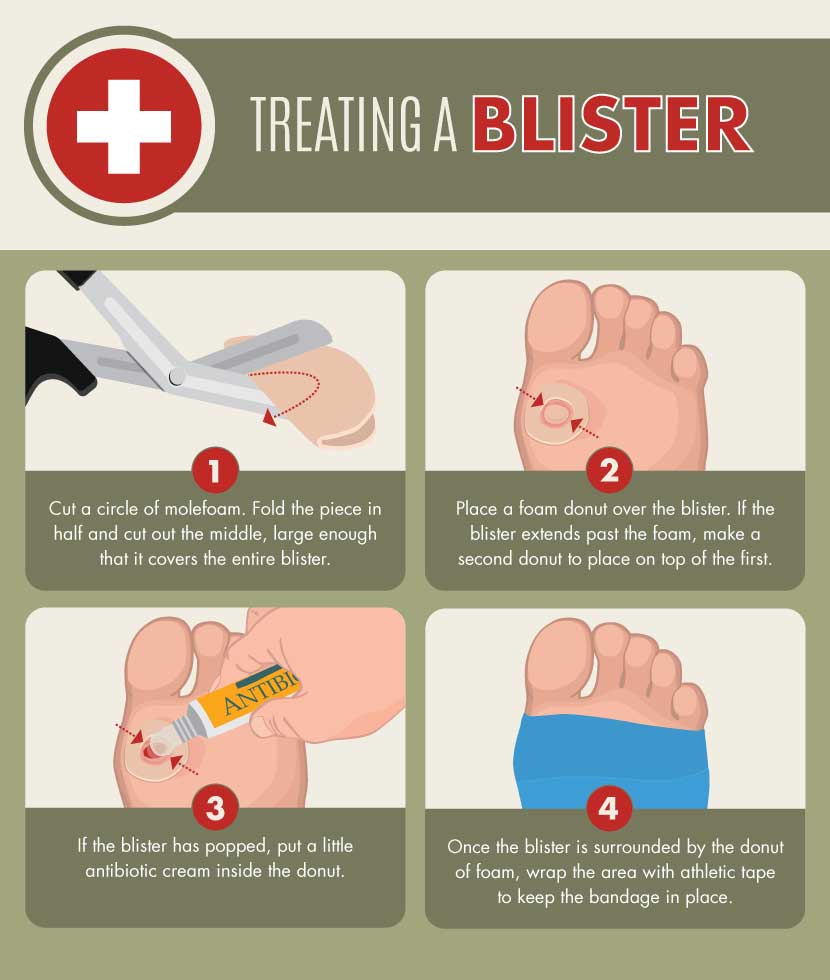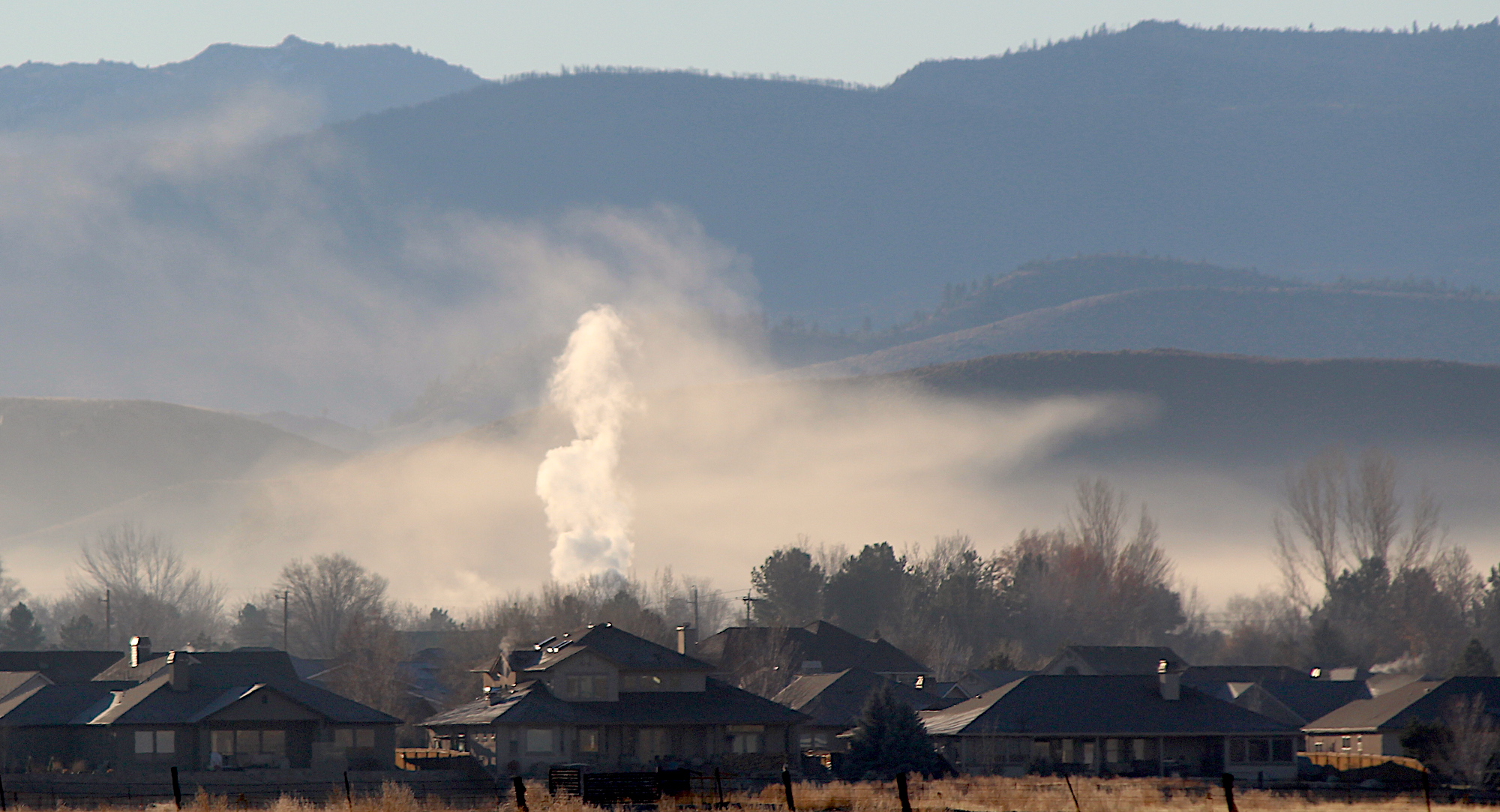Looking Good Info About How To Treat An Open Burn

Run the burn under cool water for 10 minutes gently pat the burn dry with a clean cloth or paper towel cover the burn with a sterile, nonstick dressing
How to treat an open burn. If the burns make it hard to breathe, the doctor might. Children under 16 years of age. You can care for minor burns at home.
Fluids to prevent dehydration. You may need intravenous (iv) fluids to prevent dehydration and organ failure. These types of burns can be treated conservatively, and surgically [7,8].
Run water over the affected area, bandage the burn, take over. Then, wash the burn with soap and water. There are three degrees of burns, classified by severity (as in, how deep the burn goes under the skin).
To keep your burned skin safe from infection, be sure to cool, clean, and dress it. You can treat any remaining small, open areas on the donor site with. Putting ice directly on a burn can cause further damage to the tissue.
Treat the pain from a burn with paracetamol or ibuprofen. Hold the area under cool (not cold) running water for about 10 minutes. Prevention a burn blister is a bubble of clear fluid under the skin that forms as the body's way of protecting a burned area.
Cover the burn with a sterile dressing (usually a pad and a gauze bandage to hold it in place) offer you pain relief, if necessary (usually paracetamol or ibuprofen) depending on. Some things you can put on. All types of burns and their characteristics are presented in figure 1 and figure 2.
If your wound is infected and open, your doctor may ask you to soak it in warm salt water for 20 minutes, two to three times per day. Wash your hands before cleaning a burn. Remove rings or other tight items.try to do this.
For minor burns: Plastic cling film is a good choice. If the burn is to an arm or leg, raise it whenever possible to reduce swelling.
This is a surgery where they cover your burn with healthy skin from you or a donor. Although you may be tempted to use. Hold the burned area under cool (not cold) running water or apply a cool, wet compress until the pain eases.
To treat minor burns, follow these steps: If you or someone around you gets burned, these are some general steps you should take immediately: For minor burns:




